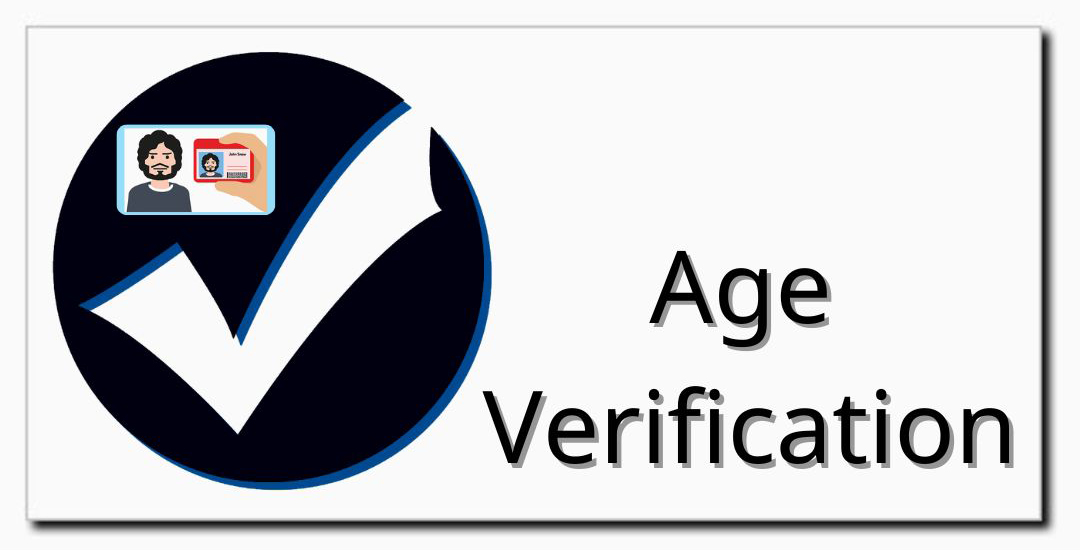Age-restricted goods and services are common in today’s digital world across many industries, including e-commerce, online gambling, alcohol sales, and adult content platforms. It is crucial to ensure regulatory compliance and guard against minors accessing improper items or materials.
Software for age verification has become an effective solution to these problems. In this post, we’ll look at the advantages and effects of age verification software, as well as how it may improve compliance and make the internet a safer place.
Features of Age Verification Software
- Database Checks: Age verification software can link with databases that include data related to age, such as birthdates or lists that are only available to certain age groups. To confirm the age and eligibility of the individual, it compares the supplied information with these databases.
- ID document scanning: To extract and validate data from government-issued identity papers, such as driver’s licenses or passports, age verification software makes use of cutting-edge scanning technology. It confirms the legitimacy of the ID and verifies the person’s age.
- Customizable Age limitations: Companies using age verification software can define their age limitations by their particular needs. They can specify the minimum age requirement for using a certain service, product, or piece of material.
- Geolocation Verification: The program may have geolocation functionality to confirm the user’s precise location. To assist companies abide by local rules and regulations, it may determine if the person is located in a region where age limits are in effect.
- Real-Time Verification: Age verification software offers immediate results for age verification. It instantly establishes an individual’s age, enabling companies to decide right once whether to provide access, make transactions, or enable an individual to participate in activities that are only open to people of a certain age.
- Audit Trails and Reporting: The program creates reports on age verification operations and keeps thorough audit trails. This makes it easier for companies to monitor and record compliance activities and ensures a clear record of age verification for regulatory purposes.

Benefits of Age Verification Software
- Legal Compliance: Age verification software assists companies in adhering to age-related laws, such as those governing the sale of cigarettes, alcohol, and adult material. It lessens the chance of non-compliance fines and safeguards companies from any legal problems.
- Protection of Minors: By precisely determining an individual’s age, age verification software aids in preventing minors from accessing services or items that aren’t appropriate for their age. It helps to stop underage purchases and involvement in activities that might endanger youngsters’ safety.
- Improved Customer Experience: By streamlining the verification process, age verification software ensures a seamless and effective customer experience. It decreases the need for manual inspections and lessens the trouble that age verification procedures cause customers.
- Fraud Prevention: Businesses can identify forged or changed identification papers thanks to the sophisticated scanning and authentication capabilities of age verification software. It lessens the possibility of false age claims and shields companies from possible damages brought on by fraud.
- Brand Reputation: Using age verification software shows a company’s dedication to ethical business operations and compliance with the law. Customers, regulators, and the community are more likely to trust a brand when its reputation is improved.
- Data Security and Privacy: Age verification software protects user data privacy and security. Personal data is protected during the verification process by adhering to data protection laws and putting in place strong security measures.
Challenges of Age Verification Software
- Privacy issues: The use of age verification software necessitates the disclosure of personal data, including information from a driver’s license or passport. Users could be reluctant to submit sensitive information as a result, raising privacy issues, especially if they worry about data breaches or the exploitation of their personal information.
- Limitations of technology: Age verification software uses ID scanning and face recognition technologies. The accuracy of these technologies’ age verification capabilities may be limited by technical flaws, compatibility problems, or other factors.
- User Experience Challenges: If the program calls for several stages or considerable data entry, some users may find the age verification procedure to be time-consuming or laborious. This can annoy or cause users to give up on the authentication procedure, which would cost businesses and clients.
- Age verification software integration can be difficult and time-consuming when it comes to implementation and integration complexity. Technical know-how, customization, and continuing maintenance may be necessary, which might raise prices and demand more resources from firms.
- Accessibility and Exclusion: People with impairments or others who might not have access to acceptable identity papers may encounter accessibility issues with age verification software. Certain population groups may experience exclusion or challenges as a result, which may affect their capacity to use age-restricted goods and services.
- Cost factors: Installing age verification software may need upfront payments for the software license, necessary gear (such as ID scanners or cameras), and ongoing maintenance costs. It could be difficult for smaller companies or groups with tight finances to cover these expenses.
Conclusion
For organizations, age verification software has several advantages, including legal compliance, minor protection, improved customer experience, fraud prevention, and brand reputation. It simplifies the verification procedure, boosts operational effectiveness, and offers insightful data on the demographics of the clientele.
However, it is crucial to take into account any potential drawbacks, such as privacy issues, false positives and negatives, technology constraints, user experience difficulties, implementation difficulties, accessibility problems, financial considerations, and regulatory compliance difficulties.
